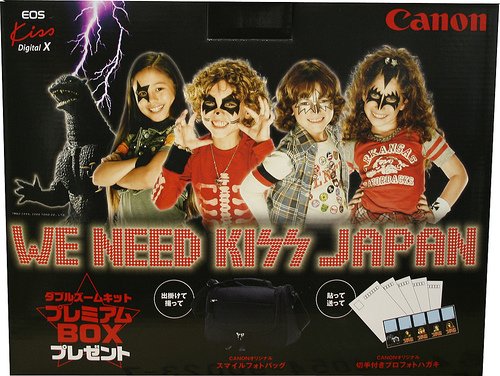Many English speakers know the Japanese word wa (和) which means harmony and peace, and in some cases additionally refers to the country of Japan itself. But there’s a similar word wa (輪) that’s probably more important to daily life in Japan. The other wa means ring, hoop, or circle, and is the word most used to describe a circle of friends or some other group of mutual acquaintances. The Japanese are, of course, a very group-oriented people, and there are mechanisms in place for ensuring that relationships work smoothly all around. Back in my teaching days, I observed that every Japanese seems to have at least two sets of core friends: those they’ve known since elementary and junior high school, which are where compulsory education in Japan ends; and a different set of friends who they met in high school. Since everyone chooses a high school that’s right for his or her own academic level and future goals, it’s rare for groups of friends to make the jump from junior high to high school intact. If a friend from one group encounters someone from a different group, politeness shields go up on all sides, and everyone becomes very stiff and formal, since acting too friendly with someone not already known to you personally would come across as very cheeky.

Japan definitely has an affinity for all things kawaii (cute), which is often a source of entertainment. Yesterday I went to the local electronics store, Plug City, to buy a new digital camera for our staff. The camera I selected was Canon’s EOS Kiss Digital X, the Japanese version of the Digital Rebel XTi. I was amused to see the box the camera came in, which featured four gaijin kids painted to look like the KISS musicians, with Godzilla in the background — it was much more wacky and eye-catching than the subdued packaging I’m sure they use in the U.S. You can see this approach to cute culture in the normally dreary manuals for electronic products too, which show anime-esque versions of electronic components smiling with glee when operated correctly, wearing puzzled expressions for the help section and sweating profusely in the chapter that tells you not to use this device above a certain temperature. Another aspect of Japan’s cute culture is the style known as “SD” or “super deformed,” basically a subset of the standard anime character design that features exaggerated features like an oversized head on a body that’s too small. TV commercials featuring actors with super-cute deformed bodies and oversized heads are likewise a staple of advertising in Japan.
One of the great things about having kids is, you get to watch them at various stages as they grow up. I’ve enjoyed seeing my son and daughter (currently 11 and 10) moving through each phase of their lives as they grow and change. Unlike most children, my kids have had to deal with learning two languages, English and Japanese. When kids are small, it’s quite hard to separate which language is which — I’ll never forget the image of my daughter in a toy store in the U.S., trying to talk to another child in Japanese and wondering why they didn’t understand her, or when my son commented that the cold-water bath at the hot springs we had just visited was “cold-katta,” mixing the English word “cold” with the past tense ending for adjectives in Japanese. Of course once kids reach a certain age, learning languages becomes child’s play (‘scuze the pun), and it wasn’t long before my wife and I found ourselves being surpassed linguistically by our offspring. Now my son won’t let his mother help him with his English homework, since some of the answers she gave him before turned out to be wrong.
J-List carries an extensive line of popular T-shirts and hoodies that feature unique messages in kanji, cool anime character designs from Japan and more, a great way to bring an esoteric bit of Japan into your life. We’ve got a new design going up on the site today: the super-cute Soot Sprite from Totoro (in Japanese, Makkuro Kurosuke), one of the most loveable images from anime.
We’ve been working on improvements to the J-List website all week long, upgrading our server for increased speed and working on some new features we hope you’ll like. First and foremost, we’re happy to announce the much- requested Wish List system is going up today. Since we have so many products at J-List, it can be hard to find all the items you want to look at, and now you have the option of adding items either to your shopping cart, or instead placing them in your Wish List, a permanent list of products you can browse at any time. By default the list is private and only viewable by you, but you have the option of making your list public, and even adding your own text to the list, inviting readers to buy the items for you. Feedback on the new J-List Wish List feature is appreciated! (Note: the feature should be considered beta since we’re still rolling it out. I decided to go home at 2 am…)















